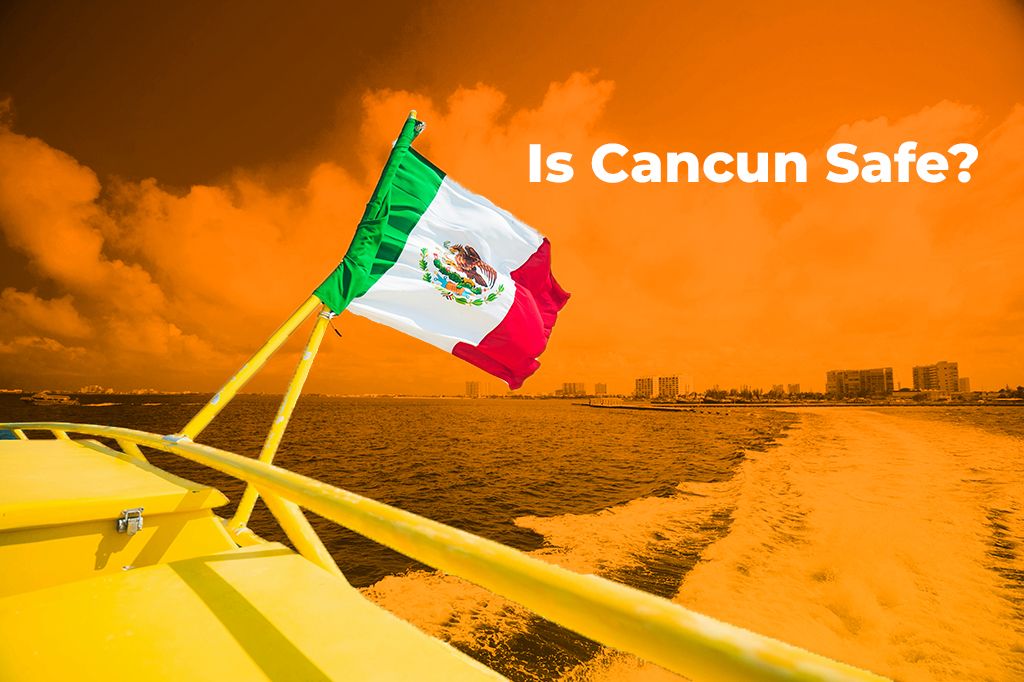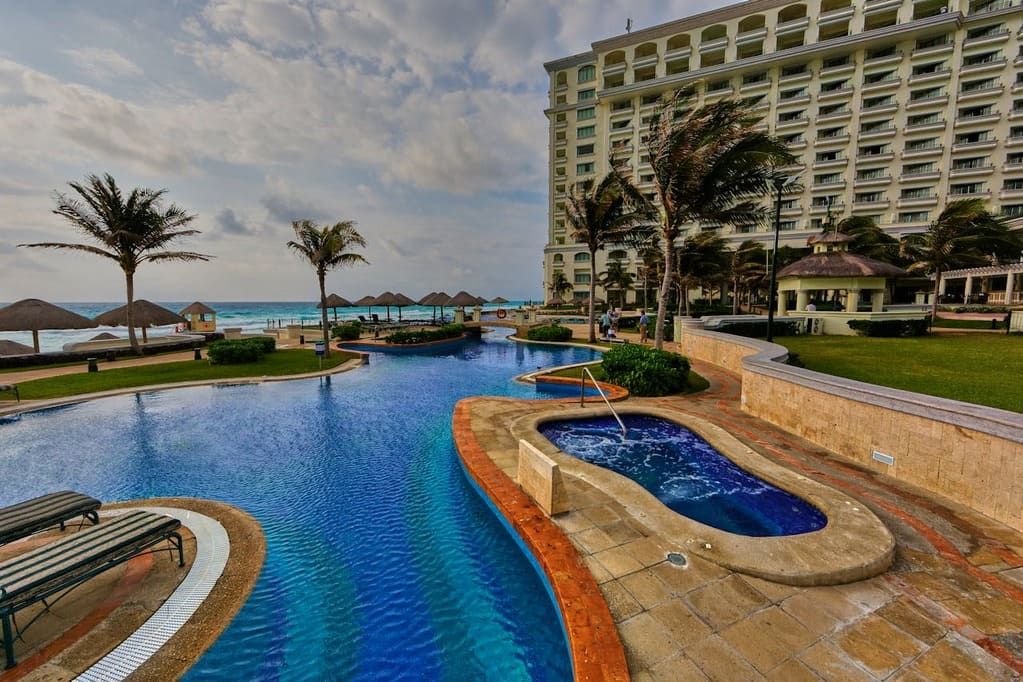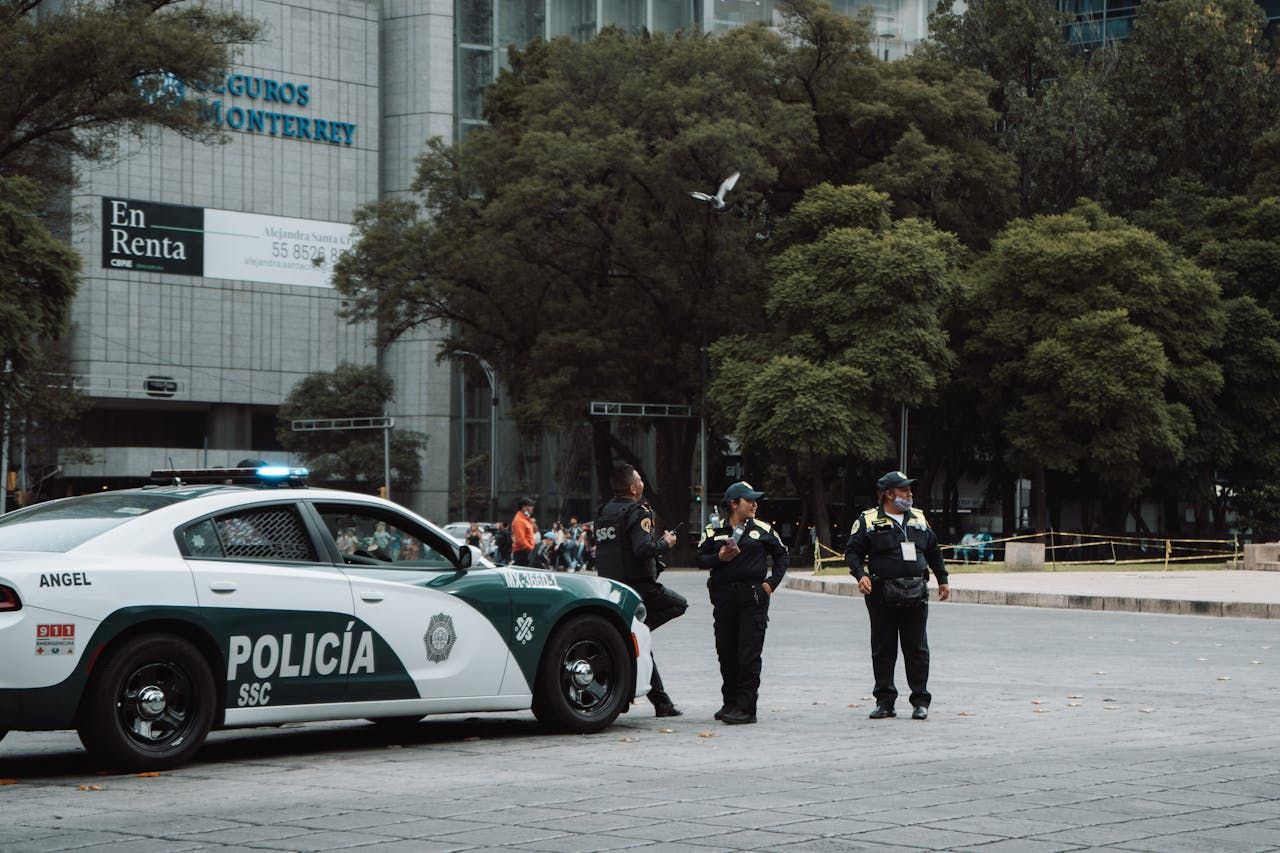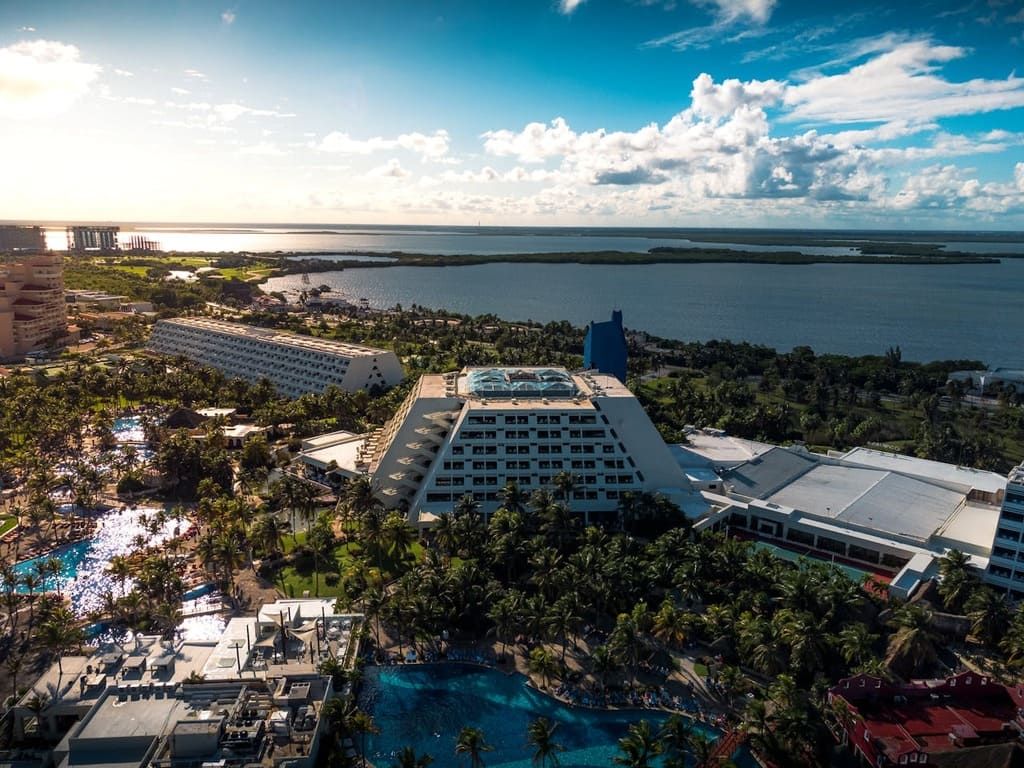Is Cancun really safe to visit? With headlines often focusing on crime, it’s easy to feel unsure about planning a trip there. But the reality on the ground can be very different from what you read in the news.
This guide takes a close look at safety in Cancun today, breaking down what travelers need to know to stay secure and enjoy their time without worry. We will give you a clear, honest picture of what to expect.

Picture by Joseph Barrientos on Unsplash
What Do We Mean by “Safe”?
When asking, “Is Cancun safe?”, we need first to define what we mean by “safe” and for whom. Safety can mean different things to different people: for families, it may mean secure resorts and clean beaches; for solo travelers, it might be freedom from harassment or theft; and for LGBTQ+ visitors, social acceptance and cultural comfort.
Here’s a closer look at the types of safety that matter most when visiting this destination.
-
Violent crime in Cancun is mostly related to organized crime and happens away from tourist areas. The homicide rate was around 44 per 100,000 in 2024, but these numbers rarely reflect tourist experiences. The most common issues for visitors involve non-violent crimes like theft.
-
Petty theft: including pickpocketing and scams, is the most reported issue. It’s more likely downtown than in the Hotel Zone.
-
Environmental risks like hurricanes are a real consideration from June to November. Local hotels have evacuation plans, and tourists are kept informed if a storm approaches.
-
Medical care in Cancun is excellent, with modern hospitals, many English-speaking staff, and even medical tourism options. Clinics and telehealth services are widely available, often at much lower costs than in the U.S.
-
Food and water safety is generally good, especially in resorts and reputable restaurants. Tap water isn’t safe to drink, so stick to bottled water even for brushing your teeth.
-
Cultural safety is often overlooked but is largely positive. Cancun is accustomed to hosting international guests, and most tourists report welcoming experiences. LGBTQ+ travelers, solo female visitors, and families often find the Hotel Zone especially comfortable.
The Hidden Geography of Risk
Rather than being a single, uniform destination, Cancun is made up of distinct zones and safety profiles. Knowing where you are and the time of day you’re exploring can make a big difference in staying safe.
Hotel Zone (Zona Hotelera)
Stretching along 13 miles of coastline, this area forms the core of Cancun’s tourism. It features most of the city’s resorts, restaurants, and nightlife, all within a well-secured environment. With visible police presence, private security, and controlled access points, the Hotel Zone is designed with visitor safety in mind. As a result, incidents here are relatively rare compared to other parts of the city.
Downtown (El Centro)
Offering a more local and budget-friendly experience, Downtown Cancun includes markets, small eateries, and affordable accommodations. Safety here varies by time and location. Main streets are generally safe during the day, but side streets and less frequented corners can become risky after dark. Petty theft and scams are more common in this area, especially when crowds thin out.
Puerto Juarez
Located near the ferry terminal to Isla Mujeres, Puerto Juarez maintains a reputation for being a lower-risk area. Its close-knit community and regular police patrols contribute to a sense of safety, particularly during daytime hours. Although relatively calm, the area still warrants basic precautions at night.
Alfredo V. Bonfil
Found outside the main tourist districts, this neighborhood is associated with higher levels of violent crime and organized criminal activity. Reports of drug-related violence and disappearances have made it an area that tourists are strongly discouraged from visiting, especially after sunset.
El Crucero and Region 92
Known for elevated crime rates, including robbery and violent incidents, these neighborhoods present significant safety concerns. Visitors are advised to avoid these areas altogether, particularly during nighttime hours, when risks are considerably higher.
However, safety drops sharply outside these zones. Once you leave the resort bubble, particularly at night, the risk of encountering crime increases.
Safety by Time of Day
-
Daytime: Tourist zones like the Hotel Zone and Puerto Juarez are generally safe during daylight hours, with open businesses and visible security. Downtown is manageable on main streets, though venturing into less busy areas requires caution.
-
Nighttime: After dark, the risk of crime rises sharply outside the Hotel Zone. Theft, robbery, and even violence become more likely in areas like El Centro, Bonfil, and northern neighborhoods. It’s best to stick to well-lit, busy areas and use official transportation after sunset.
Stats vs. Stories: The Numbers and the Narratives
The raw numbers tell very different stories, and it’s important to understand what they really mean.
In 2024, Cancun’s homicide rate was about 44 per 100,000 people. That’s high but roughly half of that of some of the most violent cities in the U.S., like St. Louis (87 per 100,000). More importantly, most of Cancun’s violence is linked to organized crime and drug trafficking, and it rarely affects tourists. The dangerous activity usually happens away from the tourist areas, where resorts and popular spots maintain tight security.
Numbers out of context can be misleading, creating fear. Government travel advisories often lump all parts of the city together, without distinguishing between tourist zones and areas affected by cartel violence. As a result, visitors might get an exaggerated sense of danger.
In reality, travel advisories from the U.S., UK, and Canada all emphasize caution but stop short of outright travel bans for Cancun. The U.S. State Department even calls the Yucatán Peninsula the safest region in Mexico for American tourists in 2025, advising vigilance mainly after dark or outside resort areas. The UK and Canadian advisories also recommend typical safety steps like protecting valuables and avoiding isolated spots while recognizing the strong security around Cancun’s tourist hubs.
When, Where, and How to Explore Safely?
When traveling in Cancun, it helps to think of safety as a “Trust Ladder”, a way to gauge how much security and oversight you can expect from different types of excursions.
At the top of the ladder are resort-arranged excursions. These are tours organized by your hotel or resort, often including transportation and guides. Since resorts carefully vet these providers, they tend to be the safest choice, especially if you’re new to the area or prefer a hassle-free experience.
Next are certified tour operators. These independent companies hold official licenses and follow safety regulations. They offer popular tours to places like Chichen Itza or Tulum with knowledgeable, often bilingual guides. Booking through reputable agencies ensures you avoid unlicensed or risky providers.
Further down the ladder are Airbnb experiences. These locally hosted activities can offer unique cultural or adventure experiences, but vary in safety and quality. It’s important to check reviews, confirm host credentials, and communicate clearly before booking.
At the bottom are independent plans using public transit. Exploring by bus or shared van (colectivo) is flexible and budget-friendly but comes with higher risks, especially if you’re unfamiliar with routes or local customs. Be alert to pickpockets and scams, and avoid traveling at night outside tourist areas.
If you’re looking to explore beyond Cancun, check out nearby spots like Puerto Morelos, a peaceful fishing town famous for snorkeling and with fewer reports of violent crime. Isla Mujeres is another great choice, known for its beautiful beaches and friendly local community that makes it feel safe even at night. For nature lovers, Holbox is a quiet island with very low crime and almost no cars.
To help you decide if an activity or place is safe for you, try this quick Risk Meter checklist:
-
Is it popular and well-known among tourists?
-
Are there guides, staff, or authorities nearby?
-
Is transportation reliable and official?
-
Are you traveling during daylight hours?
-
Are you in a group rather than alone?
-
Have you checked local advice and trusted sources?
-
Do you feel comfortable and confident about the plan?
If any of these elements are uncertain or you feel uneasy, reconsider or take extra precautions.
When Things Go Wrong
Be prepared for unexpected situations. Whether you’re mugged, arrested, or fall ill, knowing what to do can make all the difference.
-
If You’re Mugged: Your safety is the top priority. Stay calm and comply with the assailant’s demands. Your belongings can be replaced, but your safety cannot. Once you’re safe, report the incident to the nearest police station or call emergency services at 911. Always keep important documents and emergency contacts within easy reach during your trip.
-
If You’re Arrested: Stay calm and be respectful to the authorities. Ask immediately to contact your embassy or consulate to get vital assistance. Don’t sign any documents without understanding them, and never admit guilt. If you need legal help in Cancun, the Defense Attorney Tourist office can be reached at 892 48 25.
-
If You’re Sick or Injured: Seek medical care promptly. Cancun has several hospitals and clinics ready to help, including Amerimed (52 (998) 881-3400), Hospiten (52 (998) 881-3700), and Hospital Americano (52 (998) 884-6133). For emergencies, call the Mexican Red Cross at 884-1616 or 065.
Cartels, Corruption, and the Economy of Illusion
Yes, cartels exist. No, they don’t want you. Cartels are definitely present in Cancun and the surrounding state of Quintana Roo, involved in activities like drug trafficking and money laundering. Their influence has grown because the area’s booming tourism economy generates a lot of cash. But here’s the important part: cartels typically don’t target tourists. Most violence tied to organized crime happens within the cartels themselves, like turf wars far from the tourist spots. Visitors are much more likely to encounter petty crimes or scams than cartel violence.
Corruption is a subtle but real part of daily life in Cancun, and it can affect tourists, too. Bribes and informal payments sometimes come into play, especially during traffic stops or when dealing with lost passports and official paperwork. Tourists might be asked for unofficial fees or pressured to pay fines immediately. While bribing officials is illegal, some see it as a practical way to avoid delays or complications.
Final Word: Is Cancun Safe?
When it comes to safety in Cancun, there’s no simple yes-or-no answer. It really depends on your plans, the areas you visit, and how cautious you are.
While many travelers enjoy their time without issues, unexpected situations can arise, like needing a safe ride late at night or quick access to medical help. That’s why staying connected is so important. Getting a FREE Yoho Mobile eSIM can help you stay in touch easily, giving you extra peace of mind while you explore Cancun.



